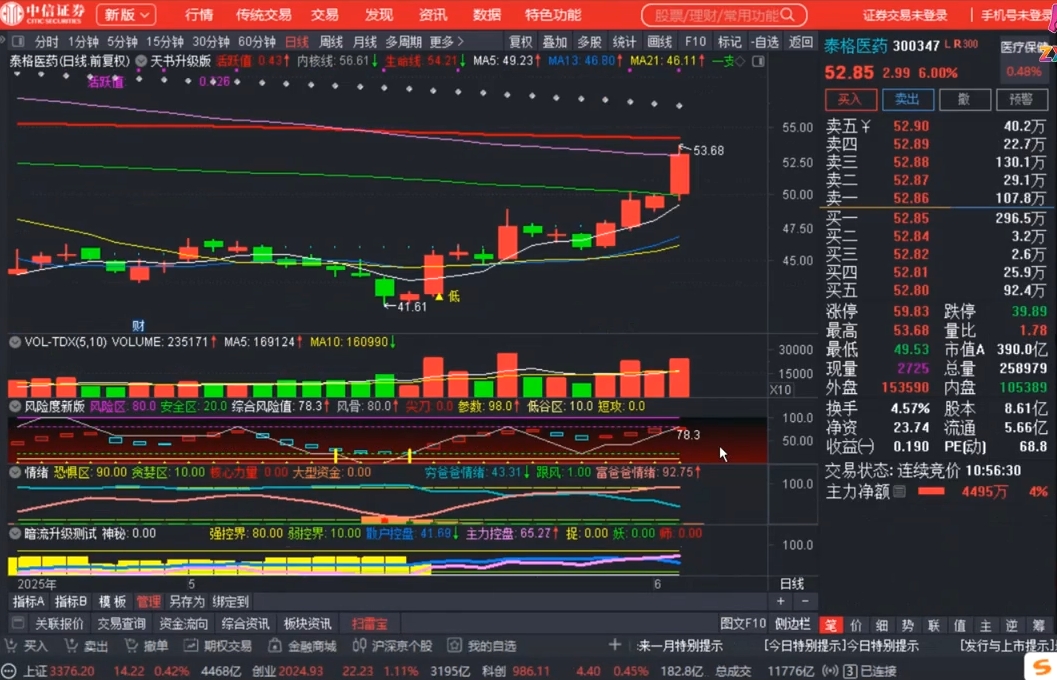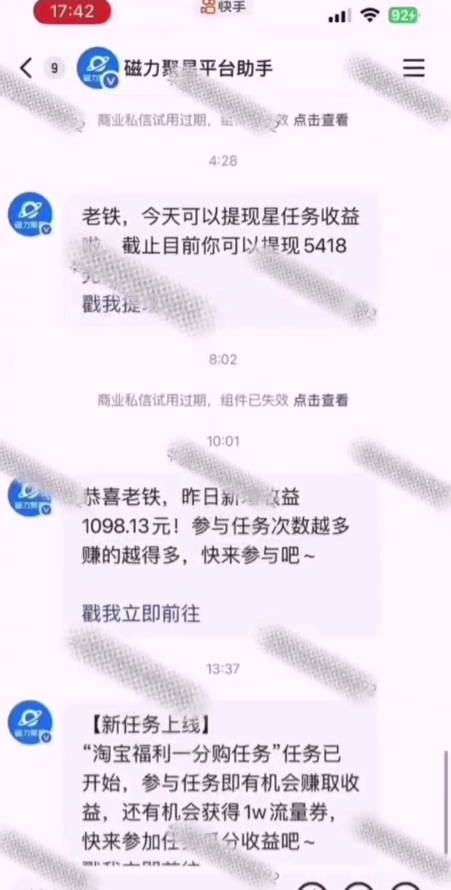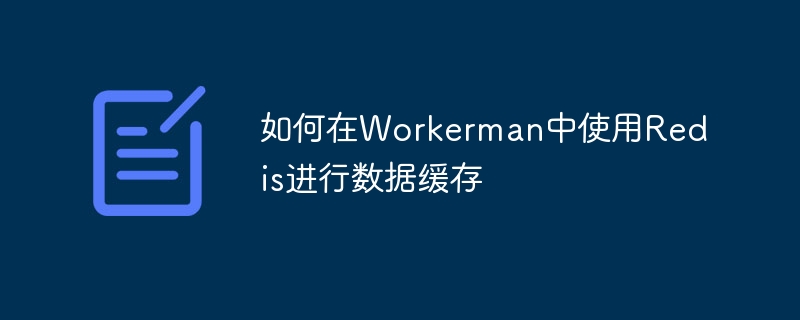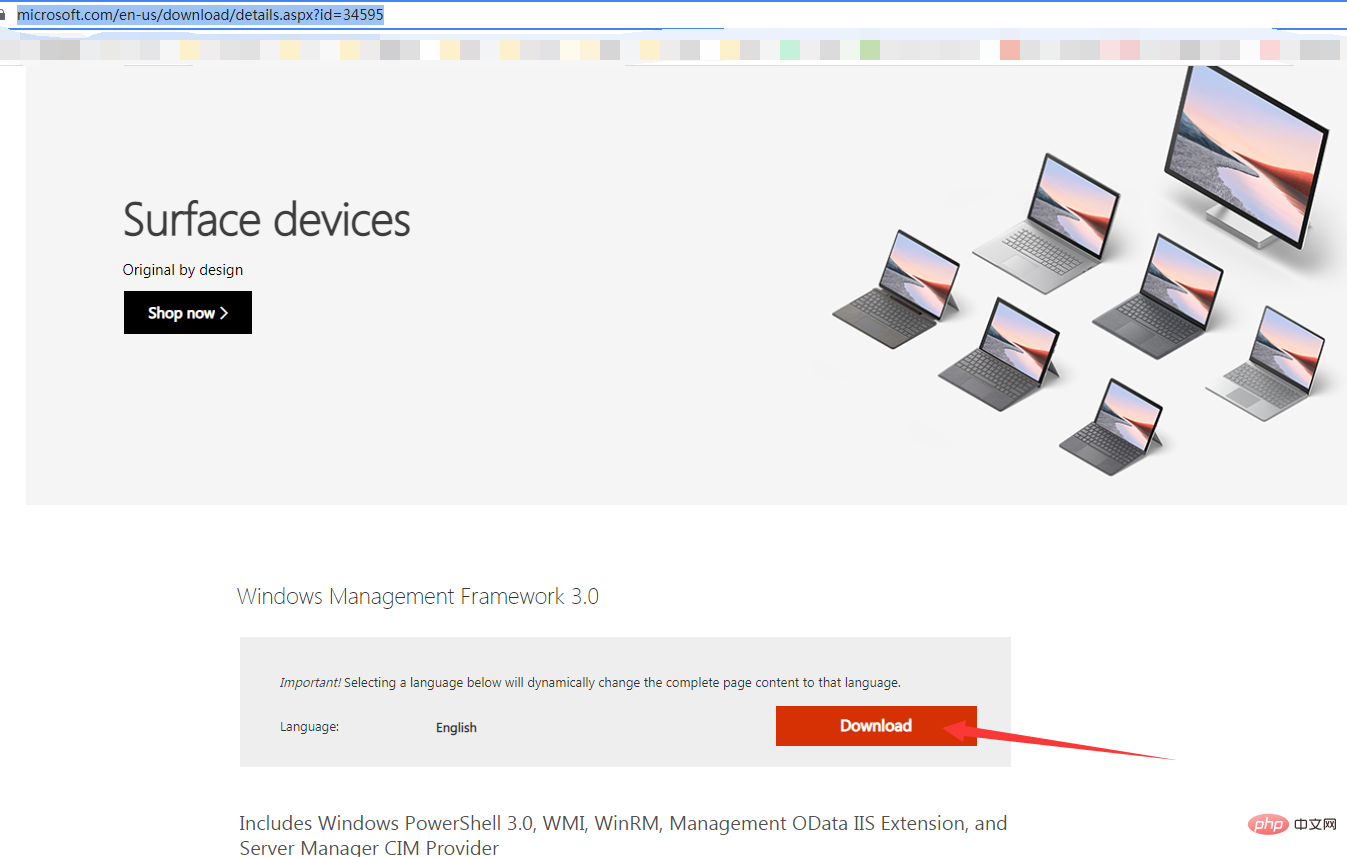
1、刪除模型
1.1 使用delete刪除模型
刪除模型很簡單,先獲取要刪除的模型實例,然后調(diào)用delete方法即可:
$post?=?Post::find(5); if($post->delete()){ ????echo?'刪除文章成功!'; }else{ ????echo?'刪除文章失敗!'; }
該方法返回true或false。
1.2 使用destroy刪除模型
當然如果已知要刪除的模型id的話,可以用更簡單的方法destroy直接刪除:
$deleted?=?Post::destroy(5);
你也可以一次傳入多個模型id刪除多個模型:
$deleted?=?Post::destroy([1,2,3,4,5]);
調(diào)用destroy方法返回被刪除的記錄數(shù)。
1.3 使用查詢構(gòu)建器刪除模型
既然前面提到Eloquent模型本身就是查詢構(gòu)建器,也可以使用查詢構(gòu)建器風格刪除模型,比如我們要刪除所有瀏覽數(shù)為0的文章,可以使用如下方式:
$deleted?=?ModelsPost::where('views',?0)->delete();
返回結(jié)果為被刪除的文章數(shù)。
2、軟刪除實現(xiàn)
上述刪除方法都會將數(shù)據(jù)表記錄從數(shù)據(jù)庫刪除,此外Eloquent模型還支持軟刪除。
所謂軟刪除指的是數(shù)據(jù)表記錄并未真的從數(shù)據(jù)庫刪除,而是將表記錄的標識狀態(tài)標記為軟刪除,這樣在查詢的時候就可以加以過濾,讓對應(yīng)表記錄看上去是被”刪除“了。laravel中使用了一個日期字段作為標識狀態(tài),這個日期字段可以自定義,這里我們使用deleted_at,如果對應(yīng)模型被軟刪除,則deleted_at字段的值為刪除時間,否則該值為空。
要讓Eloquent模型支持軟刪除,還要做一些設(shè)置。首先在模型類中要使用SoftDeletestrait,該trait為軟刪除提供一系列相關(guān)方法,具體可參考源碼IlluminateDatabaseEloquentSoftDeletes,此外還要設(shè)置$date屬性數(shù)組,將deleted_at置于其中:
<?php namespace AppModels; use IlluminateDatabaseEloquentModel; use IlluminateDatabaseEloquentSoftDeletes; class Post extends Model { use SoftDeletes; //設(shè)置表名 public $table = 'posts'; //設(shè)置主鍵 public $primaryKey = 'id'; //設(shè)置日期時間格式 public $dateFormat = 'U'; protected $guarded = ['id','views','user_id','updated_at','created_at']; protected $dates = ['delete_at']; }
然后對應(yīng)的數(shù)據(jù)庫posts中添加deleted_at列,我們使用遷移來實現(xiàn),先執(zhí)行Artisan命令:
php?artisan?make:migration?alter_posts_deleted_at?--table=posts
然后編輯生成的PHP文件如下:
<?php use IlluminateDatabaseSchemaBlueprint; use IlluminateDatabaseMigrationsMigration; class AlterPostsDeletedAt extends Migration { /** * Run the migrations. * * @return void */ public function up() { Schema::table('posts', function (Blueprint $table) { $table->softDeletes(); ????????}); ????} ????...//其它方法 }
然后運行:
php?artisan?migrate
這樣posts中就有了deleted_at列。接下來,我們在控制器中編寫測試代碼:
$post?=?Post::find(6); $post->delete(); if($post->trashed()){ ????echo?'軟刪除成功!'; ????dd($post); }else{ ????echo?'軟刪除失敗!'; }
那如果想要在查詢結(jié)果中包含軟刪除的記錄呢?可以使用SoftDeletes trait上的withTrashed方法:
$posts?=?Post::withTrashed()->get(); dd($posts);
有時候我們只想要查看被軟刪除的模型,這也有招,通過SoftDeletes上的onlyTrashed方法即可:
$posts?=?Post::onlyTrashed()->get(); dd($posts);
軟刪除恢復
有時候我們需要恢復被軟刪除的模型,可以使用SoftDeletes提供的restore方法:
恢復單個模型
$post?=?Post::find(6); $post->restore();
有點問題,ID為6的已經(jīng)被軟刪除了,Post::find(6) 是查不到數(shù)據(jù)的,
應(yīng)該
$post?=?Post::withTrashed()->find(6); $post->restore();
恢復多個模型
Post::withTrashed()->where('id','>',1)->restore();
恢復所有模型
Post::withTrashed()->restore();
恢復關(guān)聯(lián)查詢模型
$post?=?Post::find(6); $post->history()->restore();
強制刪除
如果模型配置了軟刪除但我們確實要刪除改模型對應(yīng)數(shù)據(jù)庫表記錄,則可以使用SoftDeletes提供的forceDelete方法:
$post?=?Post::find(6); $post->forceDelete();
PHP中文網(wǎng),大量的免費laravel入門教程,歡迎在線學習!
本文轉(zhuǎn)自:https://blog.csdn.net/weixin_38112233/article/details/78574007


















